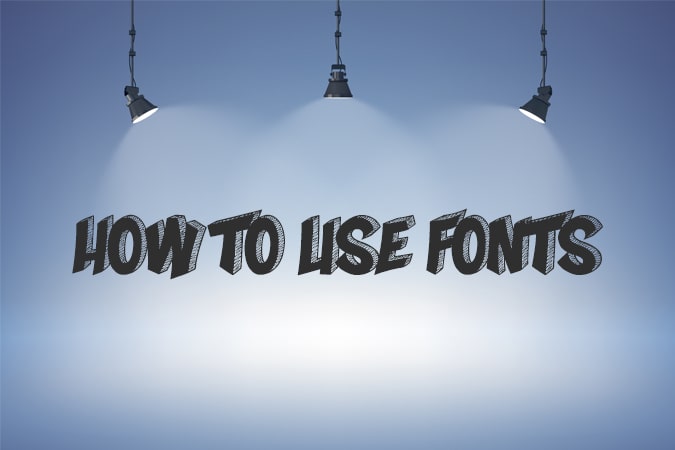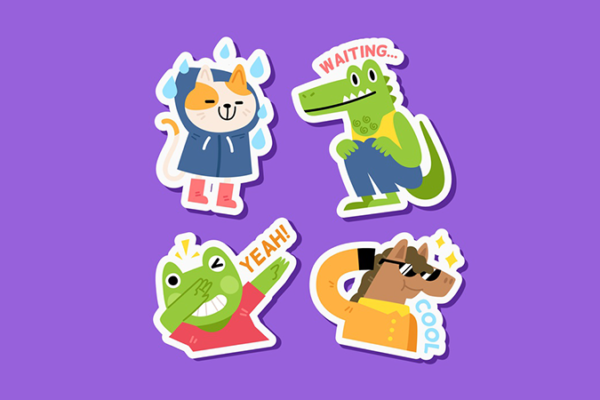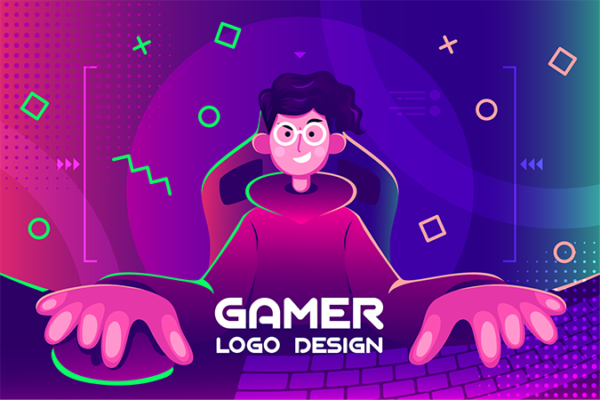
The world of design is a vast landscape waiting for you to explore. Fonts are some of the newer and not yet fully discovered parts of it.
We all know that creating a design for your company focuses mostly on images and color rather than fonts. However, nothing could be less accurate. Picking the right font will give your business a boost!
If you just started or you’re at the beginning in the world of design, you may have noticed that the list of different fonts is exceptionally long and very time-consuming to search through. When you’re unsure about which kind to use, you will quickly become overwhelmed. Lucky for you, we created a list of some of the most critical typefaces, including tips and techniques when choosing a font.
Table of Contents
What makes a typeface?
Typeface anatomy is the name we give to all the elements that, when combined, create a font that works in different settings.
To find out which font-styles and details work best with your design, you need to know a few basic terms before you start looking:
Typeface
A typeface often gets confused for a font, but it’s instead a family name. Take the font “Arial.” This font allows the user to edit it to their preferences, like using bold or italic markings, bigger and smaller letters. These so-called “edits” often go by the following names: Regular, Italic, and Bold.
Weight
Now, you may say that looks don’t matter, but they do when it comes to fonts. The weight of a font, individual, or from a typeface family refers to the thick or thinness of the letters. It also distinguishes fonts from one another since they all look different in their respective sizes. A more massive font is also often called “bold.”
Emphasis
To emphasize certain words or phrases in your writing, you can use a bold or italic font.
Bold fonts are thicker and heavier and often get used to lay a heavy emphasis on something. Italic fonts are slightly slanted and look almost cursive-like. They are used to bring gentle attention to the words. However, you shouldn’t use the two of them in one sentence as it will overemphasize the sentence you’re writing and may even annoy the reader.
Baseline
You may remember this from back when you were learning to write. Most schools used papers with thick baselines to show where you had to put down the words. Nowadays, these lines are imaginary/invisible. Most letters will rest precisely upon the line while letters like j and l will go below the line.
Cap Line
The cap line lives up to its name and portrays the imaginary line to which uppercase letters will reach. While not necessary on a computer, a cap line will help you when you’re writing traditionally to prevent capital letters in multiple sizes.
Ascender
The ascender is another imaginary line that marks the reach of the upstroke of lowercase letters. Some lowercase letters may reach above the cap line, that’s why there is a separate line to mark those. Cursive fonts may need to use an ascender for letters like the r and the k.
Descender
The opposite of the ascender is the descender that marks the lowest points to which lowercase letters reach. Examples of lowercase letters that need a descender are g, p, and y.
X-Height
X-height letters are letters that do not require any ascenders or descenders since they don’t have stretched parts.
Kerning
The amount of space between two different characters is called “kerning.” A font can have tight kerning, which is when the letters are close together, or loose kerning, which is when the letters are further apart from each other.
While it may not seem as necessary, the type of kerning you use can make a significant difference between a good or bad design.
Tracking
Similar to kerning, but more technical, is tracking. Tracking determines whether the space between all characters are equally divided. With the use of the tracking feature, you can change the spacing between all letters within an instant. It keeps your text looking fresh and proportional.
Glyph vs. Character
A glyph is a specific shape, typeface, or design which represents one single character. Everything you use in your writing is a glyph, numbers, letters, and even special characters are all included. Do note, however, that a glyph is not a synonym for a character as a character can have multiple glyphs depending on the typeface or fonts used.
What to consider when using and choosing fonts
Now that you know the essential characteristics of fonts, it’s time to think about using them to give your design a fitting personality. Here are some necessary things you have to keep in mind when picking a font:
Pick fonts that go well together
In some cases, depending on your project, you may want to use two fonts rather than one. This situation often occurs when you include both your company name and a tagline in your (logo) design. In instances like this, you should know which fonts to pair to create a well-working design.
The first thing in our list to look at is contrast. It’s one of the most critical parts of pairing since you need to make sure that one part of the text stands out against another. This pairing pleases the viewer hence the rule: the more contrast, the better.
Many characteristics that go into this contrast are size, weight, typeface, and more. Take a look at a few different newspapers. You’ll notice that all of them use drastic changes in proportion to differentiate between the title and headline of an article. It also catches the eye of the readers, making them more likely to purchase this newspaper.
“Serif” fonts have little feet-like hooks at the end of a letter while “Sans Serif” fonts don’t. These two pair well together, just like bold and thin fonts.
Do keep in mind that your combinations aren’t causing any discord. This discord can happen when you pick two fonts, which both invoke different thoughts and emotions or fonts that widely vary in proportions. We will go deeper into the emotional aspect of typefaces later on in this text.
Hierarchy in the design
If you want to attract the attention, there needs to be a hierarchy in the design. Something that will scream, “read me first!” rather than an unorganized layout.
With the use of different design techniques, you can guide your viewers in the ways they perceive and process your design. Examples of this are brightly colored words since they attract more attention than soft and muted colors. Like we mentioned before, contrast (and white spaces) also often catch the eye of an unsuspecting viewer.
Keep this hierarchy in mind when picking colors, sizes, and fonts for your design.
Evoke the right mood
The type of fonts you use can invoke all kinds of emotions and, therefore, influence the perception of your audience. Use this psychological trick to your advantage, and you will give your business a boost of success.
Most logo design fonts are written in serif since they portray authority, stability, and maturity. Cursive fonts, on the other hand, are often associated with femininity, casualty, and humor.
Before picking a font, have a look at the message you’re trying to convey.
Coordinate between color and style
The usage of different colors and techniques has to do with the rules of color psychology. These features can evoke varying moods as well as different typefaces. Pairing the two, font and color, will help you to set the tone of your business. Take a look at the color blue. This color stands for stability and therefore goes well with a serif font. On the other hand, orange or yellow goes well with cursive texts as they are cheerful and whimsical.
Proper kerning
While kerning may seem like an easy task, it’s harder than it looks. Most characters and letters have small embellishments that affect the perceived distance between two different characters. For example, the letters r and n may seem like an m from a range. Therefore, kerning is not about the actual distance between letters but rather the perceived distance. If you need any more help, this infographic is quite helpful to train your kerning skills.
Make sure the text is readable
Besides color and style, another important aspect of a typeface is how easily your viewers can read it. If the standard reader has to go through significant measures to read your piece, then you have to take a look at it yourself to find out what needs to be changed. Here are just a couple of ways you can use as a start:
– Backgrounds – Whether you’re using a plain background, or a picture, if the text is about the same color as the background, you may need to increase the transparency. Doing this prevents the text from blending into the environment.
– Resizing – Before picking all the details, think about the medium on which your design/text will be visible. A business card may need other fonts than a billboard because of the difference in their size. Keep this and the sizing in mind when you begin working on your design.
Be consistent
When you’re creating multiple designs for one company, you need to be consistent. Pick a typeface and style that suit the personality of the respective business and stick to them. Having a consistent manner will solidify the message and tone spread towards your audience, making them more likely to stay loyal to you.
Now onto you – Conclusion on How to Use Fonts
As you’ve read today, branding isn’t just about having a cool logo. Your font is just as important. There are many different things to keep in mind when working on the typography design, but that doesn’t mean it’s impossible. If you’re feeling bold, you can design or customize your fonts. However, you can also hire a professional to do it for you, and either way is up to you. Remember that if you use a style that represents who you are and what you stand for, it will be easier to correspond that towards your audience.



